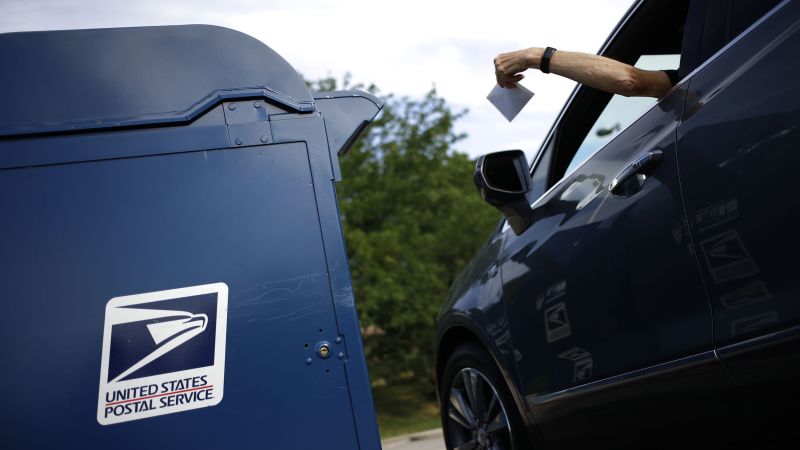The US Postal Service is set to increase the price of First-Class “Forever” stamps from 68 cents to 73 cents, pending approval from the Postal Regulatory Commission. This marks another price hike for the financially struggling agency, with stamp prices alone having increased by 36% since 2019. The change, if approved, will take effect in July and will raise the cost of mailing services products by nearly 8%.
The Postal Service stated that these price adjustments are necessary to achieve financial stability, as outlined in the agency’s 10-year plan announced by Postmaster General Louis DeJoy in 2021. The goal of the plan is to make the Postal Service more competitive and modern. Despite the price hike, the USPS emphasized that its prices remain among the most affordable in the world. Other changes include domestic postcard prices increasing from 53 cents to 56 cents and international postcard prices increasing from $1.55 to $1.65.
While it is rare for regulators to decline USPS requests, there is precedent for it happening. In 2010, the Postal Regulatory Commission denied a price hike request, citing the agency’s failure to quantify the impact of the recession on its finances and show how its rate request related to the resulting loss of mail volume. The decline in First-Class mail volume can be attributed to the rise of online communication, with the number of individual letters sent each year decreasing by about half in the past decade.
Postmaster General Louis DeJoy, appointed during the Trump administration, has implemented significant changes during his tenure in an effort to improve the agency’s finances. Despite these efforts, USPS expects to lose $6.3 billion in 2024. The increase in stamp prices is seen as a necessary step to help address the agency’s financial challenges and move towards long-term sustainability. However, the price hike may impact individuals and businesses that rely on the Postal Service for mail and shipping services. The upcoming price increase serves as a reminder of the ongoing financial struggles facing the USPS and the need for continued efforts to address them.


